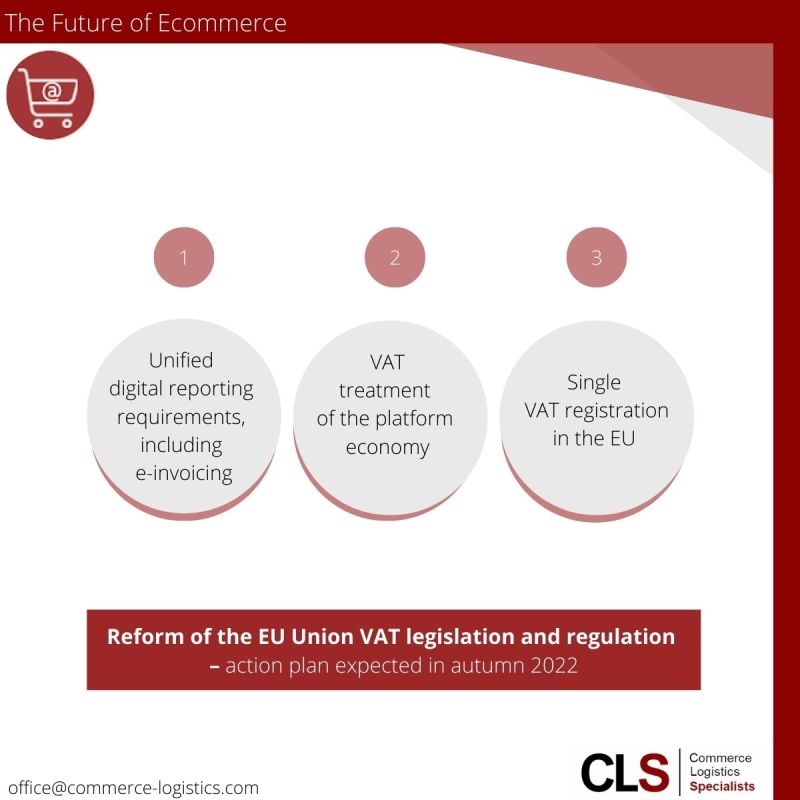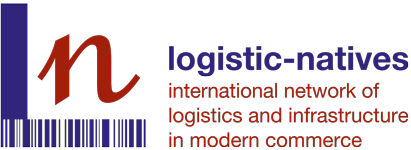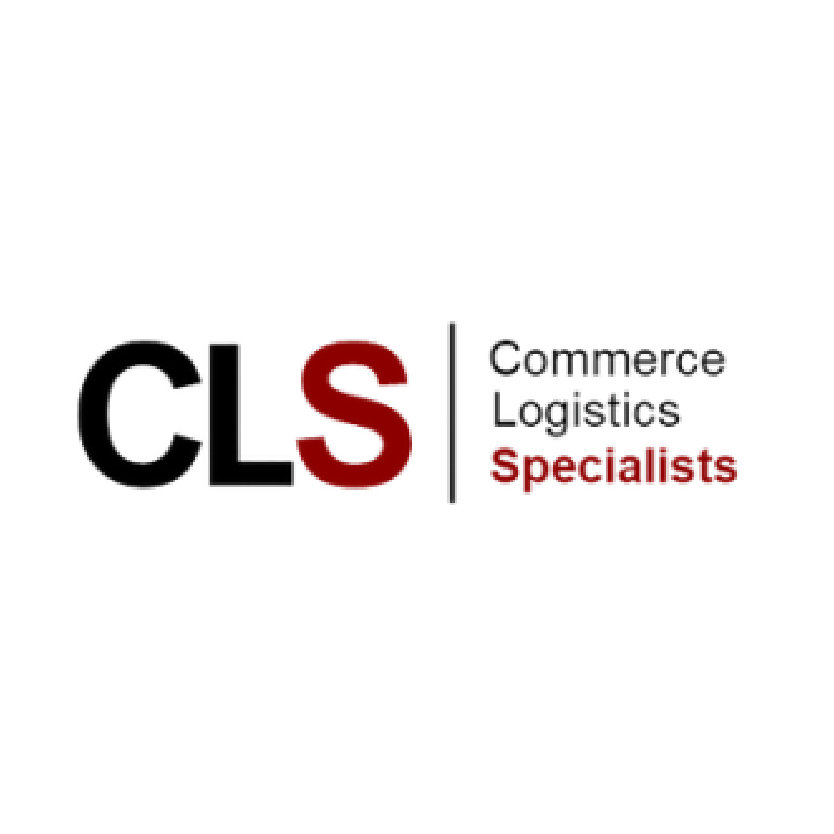𝗥𝗲𝗳𝗼𝗿𝗺 𝗼𝗳 𝗘𝗨 𝗩𝗔𝗧 𝗹𝗲𝗴𝗶𝘀𝗹𝗮𝘁𝗶𝗼𝗻 𝗮𝗻𝗱 𝗿𝗲𝗴𝘂𝗹𝗮𝘁𝗶𝗼𝗻 – 𝗮𝗰𝘁𝗶𝗼𝗻 𝗽𝗹𝗮𝗻 𝗲𝘅𝗽𝗲𝗰𝘁𝗲𝗱 𝗶𝗻 𝗮𝘂𝘁𝘂𝗺𝗻 𝟮𝟬𝟮𝟮

The EU #VAT #Ecommerce package has ensured substantially higher VAT #revenues and significantly increased the quantity and quality of #data available for #customsclearance (electronic advanced data / #EAD).
However, the #digitaleconomy and the #development of new #businessmodels has created a range of challenges for #tax administrations. It has become apparent that the package, and the sharp increase in the number of (#digital) customs clearance processes in low-value consignments (intrinsic value of goods less than EUR 150) in particular, has led to major #challenges for #customs and tax #authorities. To address these challenges, the #EU has identified three immediate areas for action:
𝟭. 𝗨𝗻𝗶𝗳𝗶𝗲𝗱 𝗱𝗶𝗴𝗶𝘁𝗮𝗹 𝗿𝗲𝗽𝗼𝗿𝘁𝗶𝗻𝗴 𝗿𝗲𝗾𝘂𝗶𝗿𝗲𝗺𝗲𝗻𝘁𝘀, 𝗶𝗻𝗰𝗹𝘂𝗱𝗶𝗻𝗴 𝗲-𝗶𝗻𝘃𝗼𝗶𝗰𝗶𝗻𝗴
Many #EU Member States are introducing their own domestic digital #reporting obligations. This uncoordinated #growth in reporting #obligations creates substantial new #compliance burdens for #businesses and increases the #risk of fragmentation. In addition, the current #rules do not support the #mandatory and standardized use of e-invoicing.
𝟮. 𝗩𝗔𝗧 𝘁𝗿𝗲𝗮𝘁𝗺𝗲𝗻𝘁 𝗼𝗳 𝘁𝗵𝗲 𝗽𝗹𝗮𝘁𝗳𝗼𝗿𝗺 𝗲𝗰𝗼𝗻𝗼𝗺𝘆
Current VAT #rules are ill-equipped to deal with the challenges of the #platformeconomy, e.g., ensuring fair #taxation of both #online and #traditional economic transactions, and ensuring Member States take a #uniform approach to the #application of the VAT rules with respect to the #provider, #nature of #services, place of #supply and reporting, in light of the divergent and evolving business models.
𝟯. 𝗦𝗶𝗻𝗴𝗹𝗲 𝗩𝗔𝗧 𝗿𝗲𝗴𝗶𝘀𝘁𝗿𝗮𝘁𝗶𝗼𝗻 𝗶𝗻 𝘁𝗵𝗲 𝗘𝗨
The newly introduced #OSS (one-stop-shop) allows businesses to avoid multiple VAT registrations in the EU for cross-border transactions. However, specific types of cross-border #transaction still fall outside its remit (e.g., supplies with installation, e-mobility). Consequently, OSS is often far from a true one-stop #solution in #practice. #Improvements to the #IOSS (import one-stop shop) are also needed to strengthen VAT #compliance for imported goods, managing the risk of #abuse, and #counterfeiting.
𝗧𝗵𝗲 𝗘𝗨 𝗻𝗲𝗲𝗱𝘀 𝘁𝗼 𝗮𝗰𝘁
The VAT gap (i.e., MTIC (Missing Trader Intra Community) fraud) clearly shows that current #instruments are insufficient for fighting cross-border and e-commerce #fraud. Given the cross-border nature of the #problems, this calls for a common European #solution. Further #simplification and #harmonized VAT rules are needed to help businesses fully exploit the #potential of the #singlemarket.
Click here for the LinkedIn-Article.

Walter Trezek
Document Exchange Network GmbH

